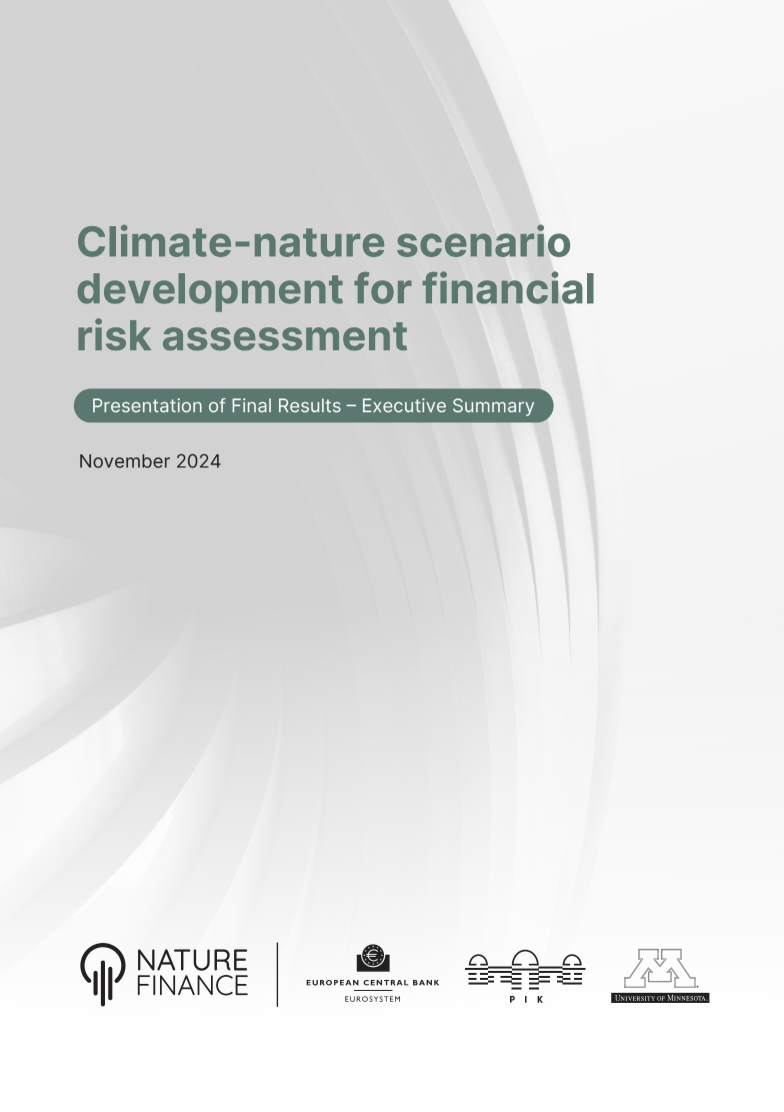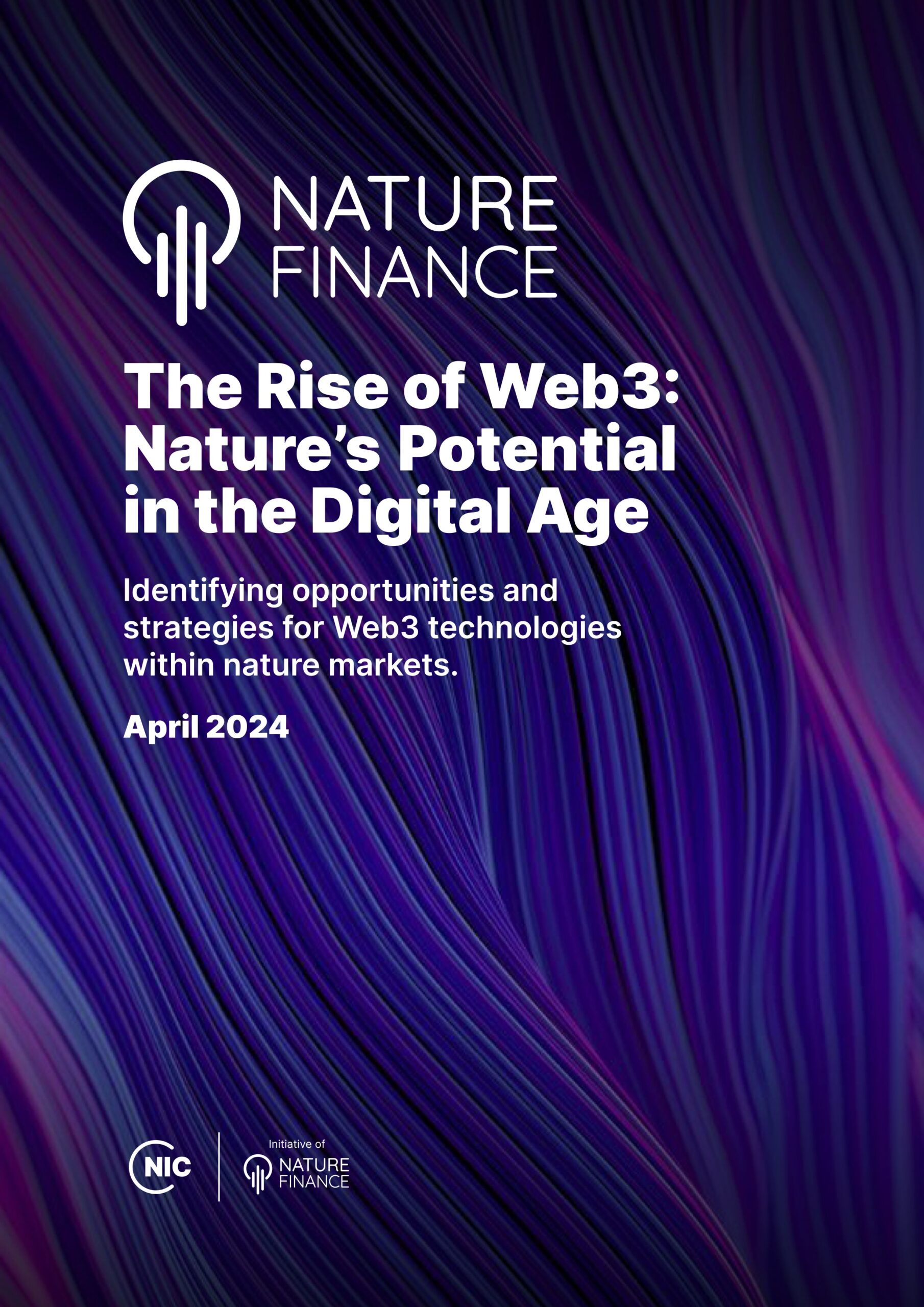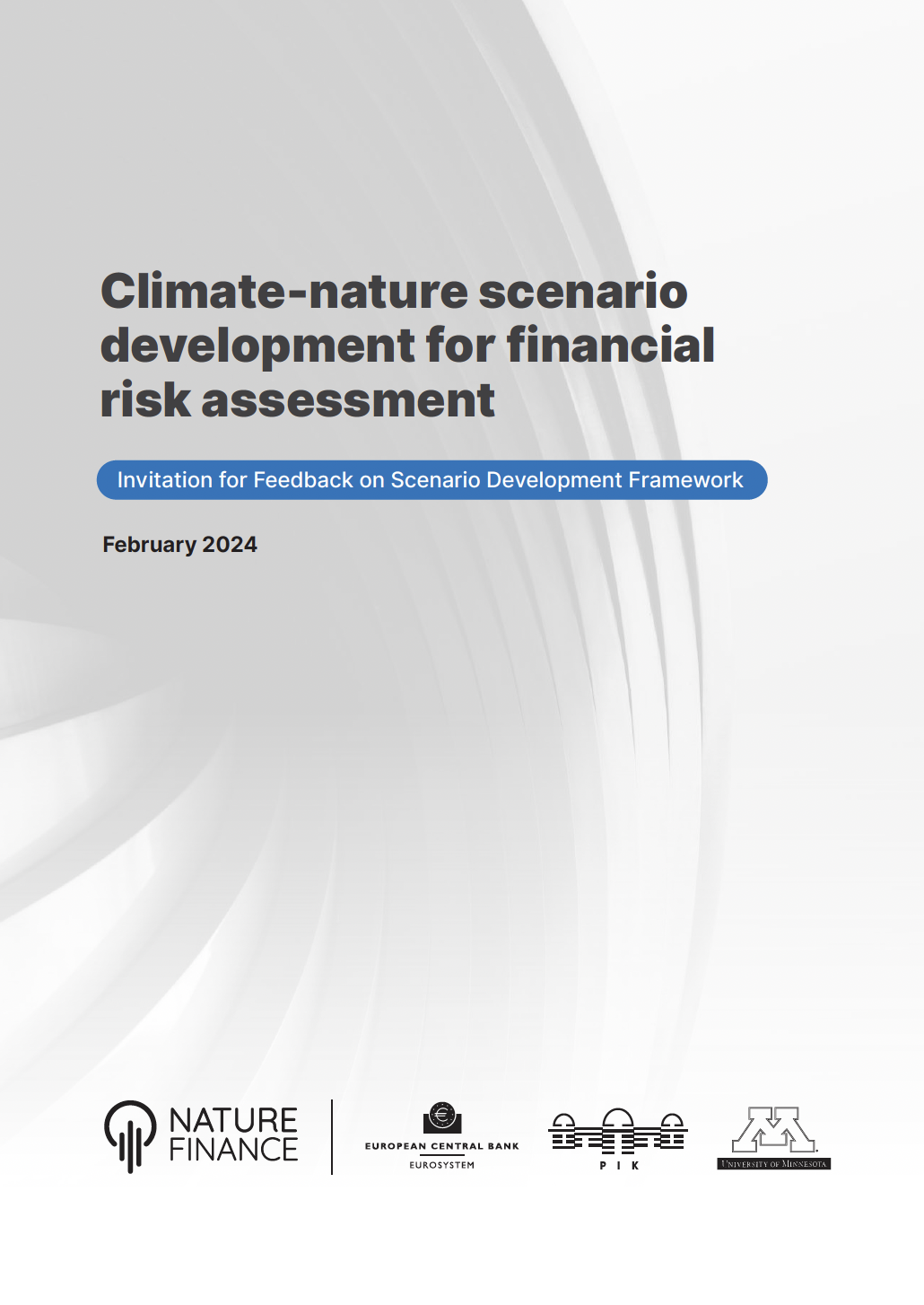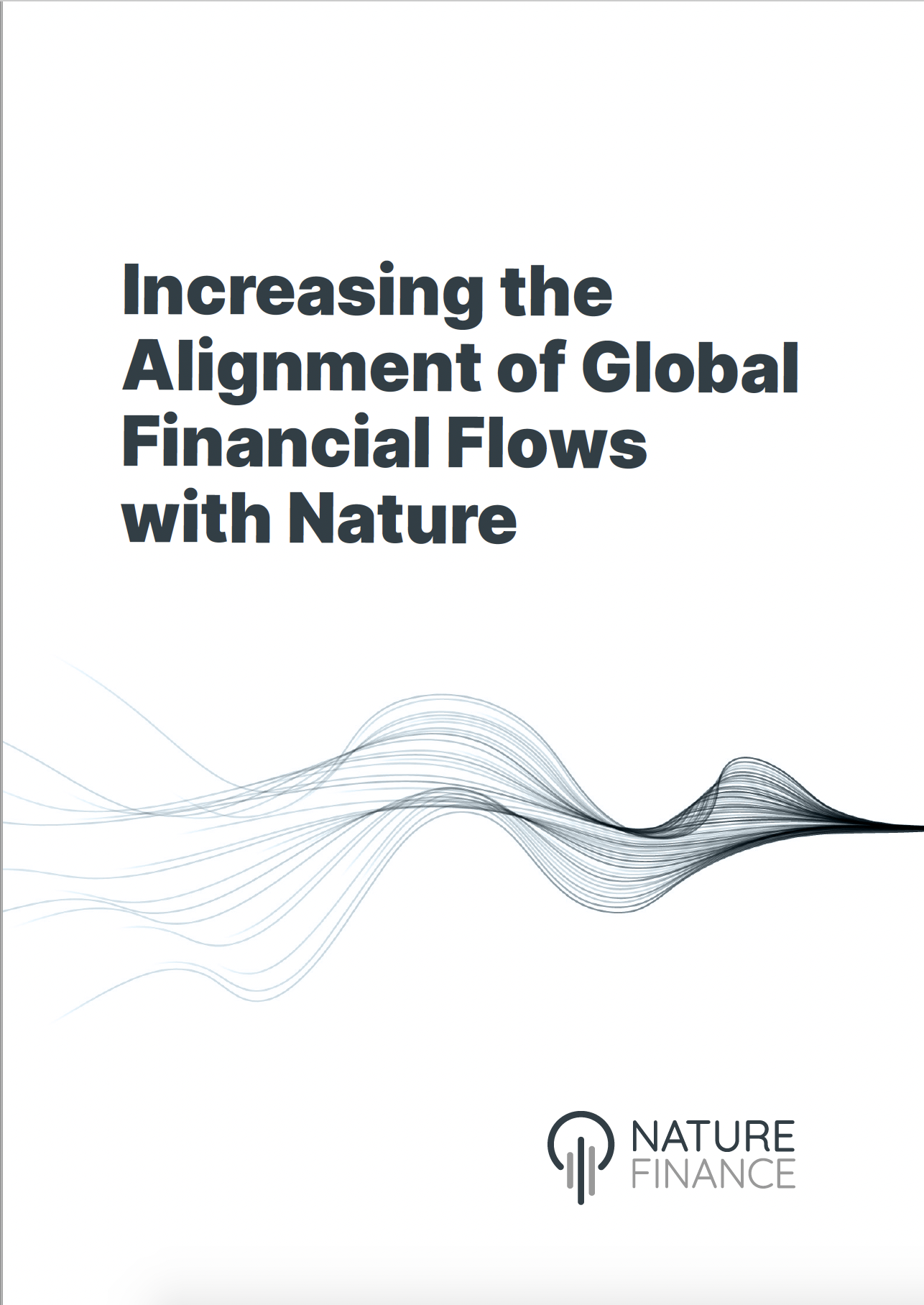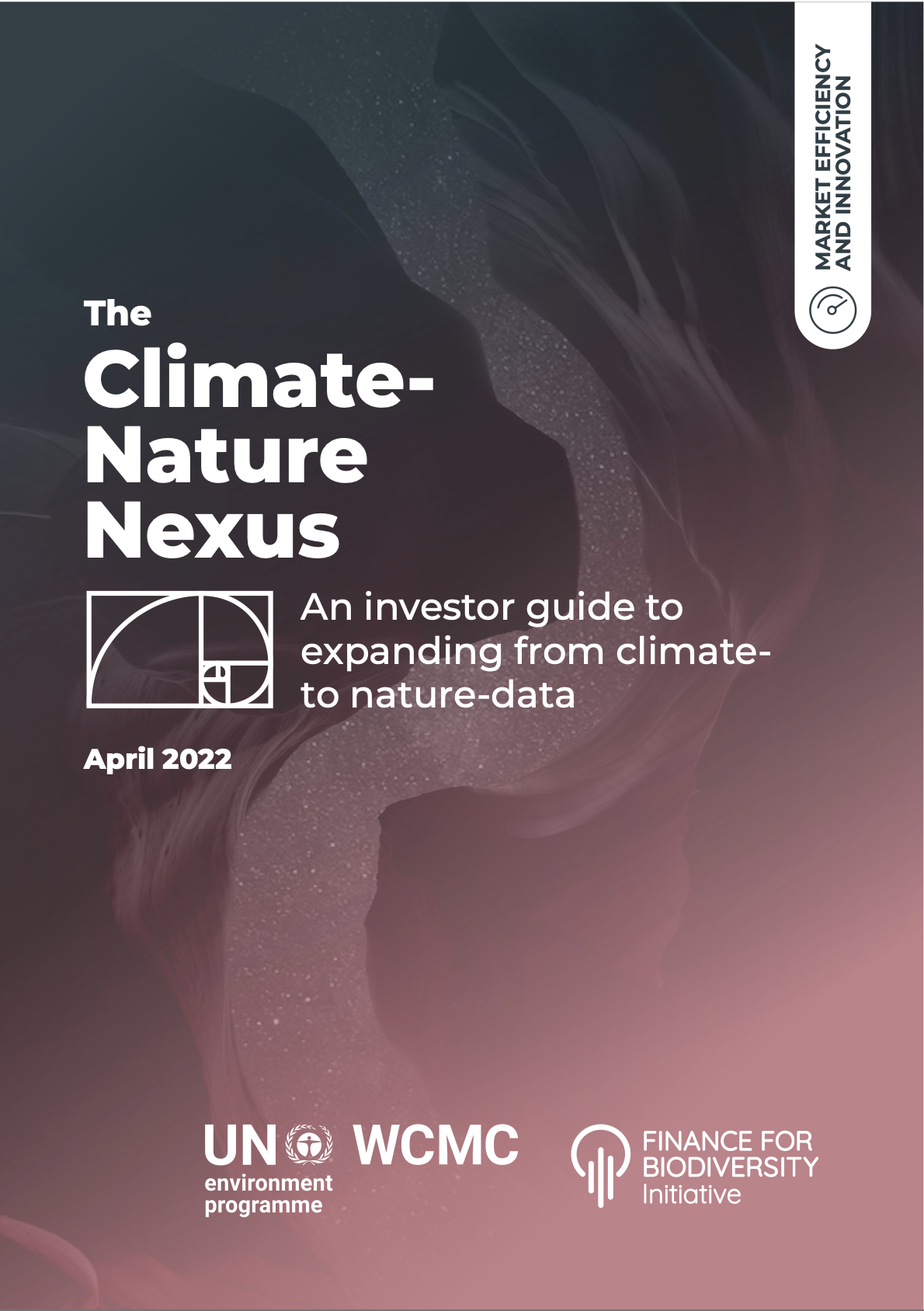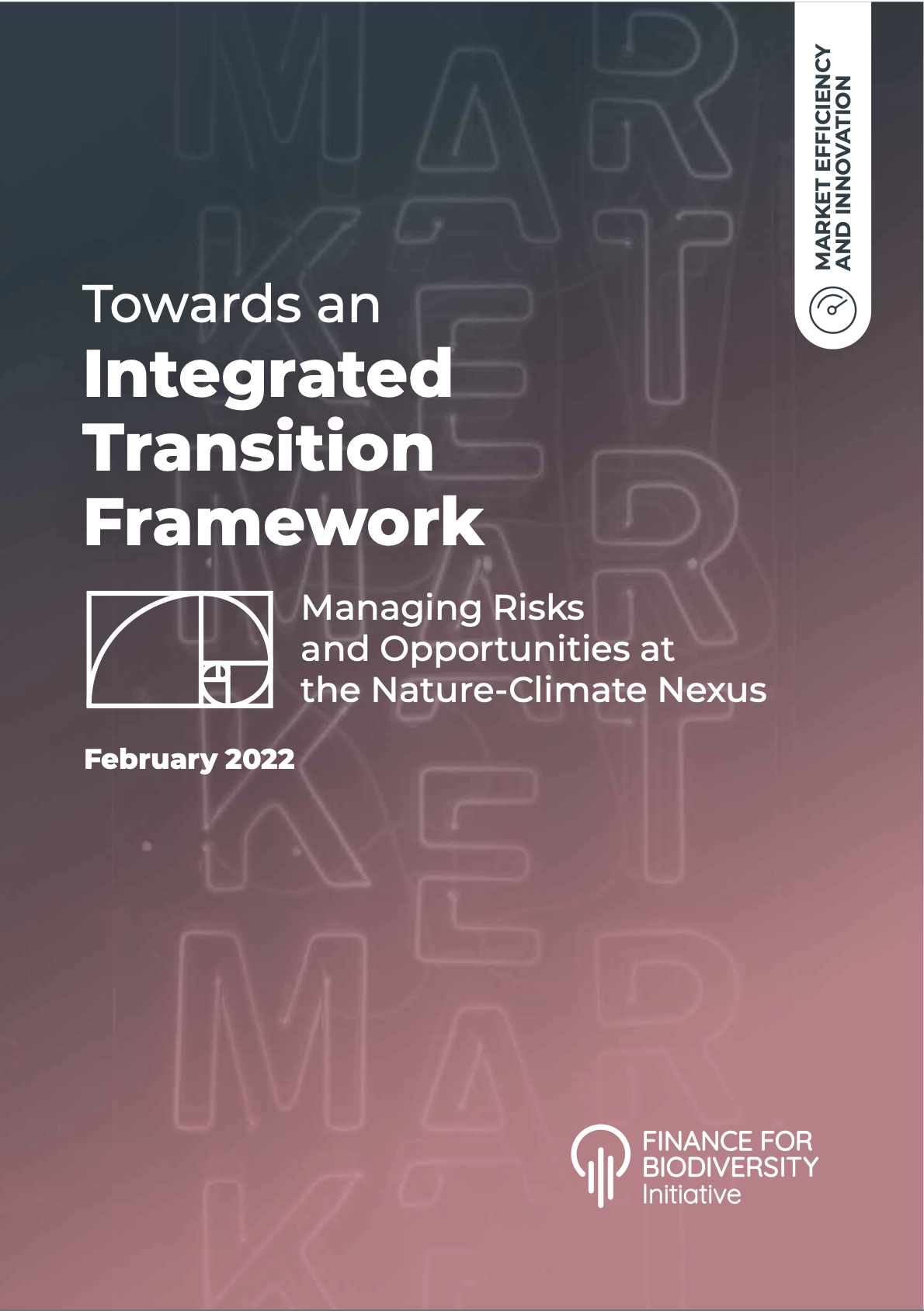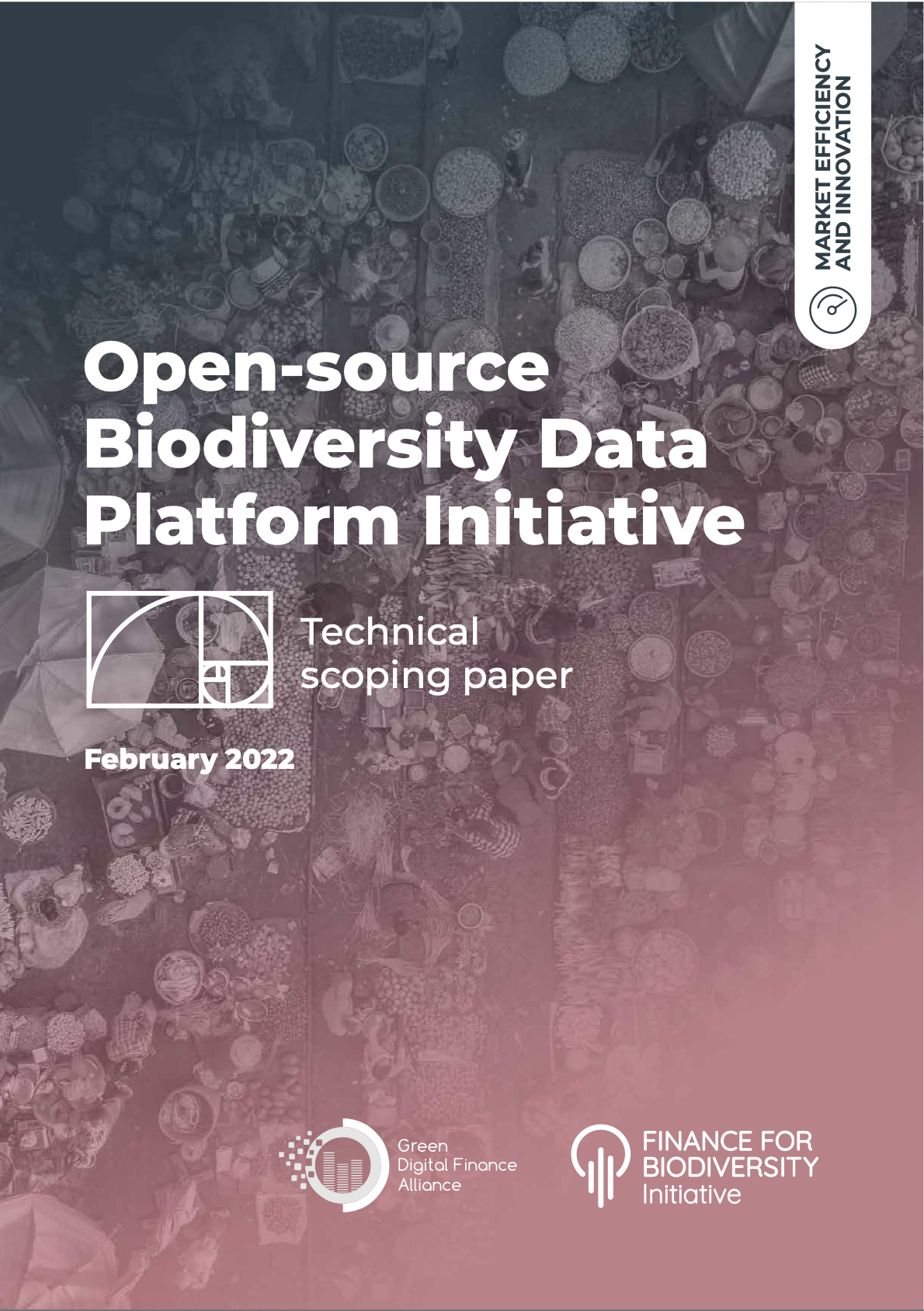The rise of Artificial Intelligence (AI) is coinciding with a planet in crisis.
AI’s computational power could play a critical role in facilitating and helping us move towards positive action for people, nature and climate change.
However, any rapid AI investments need to be future-proofed for a rapidly warming planet.
As AI applications improve, they rely on “hyperscale” data centres that use substantial amounts of energy and water to operate.
Attention to the environmental impacts of explosive growth of AI has primarily focused on energy use to date.
There is very little attention to extremely high level of freshwater water usage and impacts on nature created by these hyperscale centers.
These facilities are not being planned in ways that future proof these investments for a rapidly warming planet and protect affected communities that are already competing with AI data for scarce water resources.
Global demand for freshwater is currently on track to outstrip supply by 40% in 2030.
Current AI environmental governance and disclosure policies are practically non existent outside the EU, and where they do exist, do not capture these serious nature related risks impacts and dependencies.
Communities need to know how much water and energy will be used and debate what the impacts on their lives will be before AI data infrastructure is built.
Public interest information on issues such as water usage and energy impacts has been treated as secret.
We urgently need global principles on sustainable AI that are embedded within regional and local regulations and financial disclosure frameworks, that protect local communities, governments and investors.
We must know and be able to debate in advance what the local risks to water, biodiversity, energy and community well being will be, to ensure we are building safe AI infrastructure that is fit for purpose in a rapidly warming world.
– 45% of the world’s data centres are in river basins with high water availability risk, increasing the risk of water shortages and 47% in locations with high drought risk.
-55% in locations with high water pollution risk.
-65% are within 5km of key biodiversity areas.
– In the USA alone, data centres consumed 66 billion litres of water in 2023.
– There are currently no mandatory environmental disclosure rules for the AI industry.
-Communities need to have the relevant information to weigh the serious environmental risks and challenges that hyperscale centers present.
To help frame a fact-based conversation about the sustainability of AI and hyperscale data centres, this report:
- Analyses the potential nature- and climate-related risks and impacts of AI using NatureAlpha’s NatureSense API.
- Examines how existing reporting, disclosure and accountability initiatives could apply to AI.
- Recommends a framework to guide a governance agenda for AI and the environment.
Overall, this report finds that there is a relatively high and widespread level of nature-related risks caused by AI. This calls for new mandatory disclosure policies that cover a range of environmental metrics to better manage the sector’s dependencies and impacts on nature.
These metrics include:
- Energy use and emissions
- Water use
- Supply chain impacts
- Biodiversity footprint
- Waste management
- Physical and transition risks
The challenge the AI industry faces: becoming a climate and nature solution, not a problem.
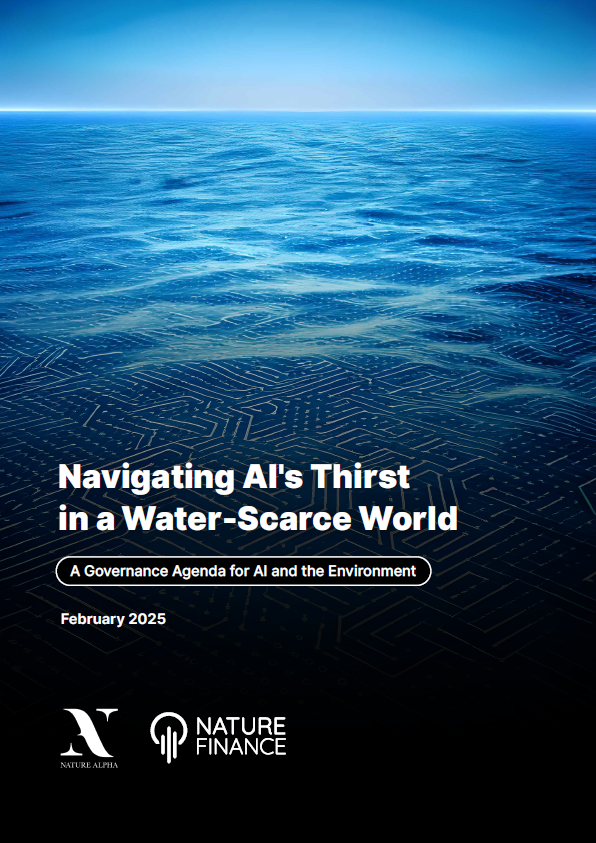
– – – – – – – – – – – –
Contact
For more information or to share comments on the paper: Konstantina Koulourion, Project Manager, konstantina.koulouri@naturefinance.net
For media and communications enquiries: Jo Benn, Head of Communications, jo.benn@naturefinance.net
